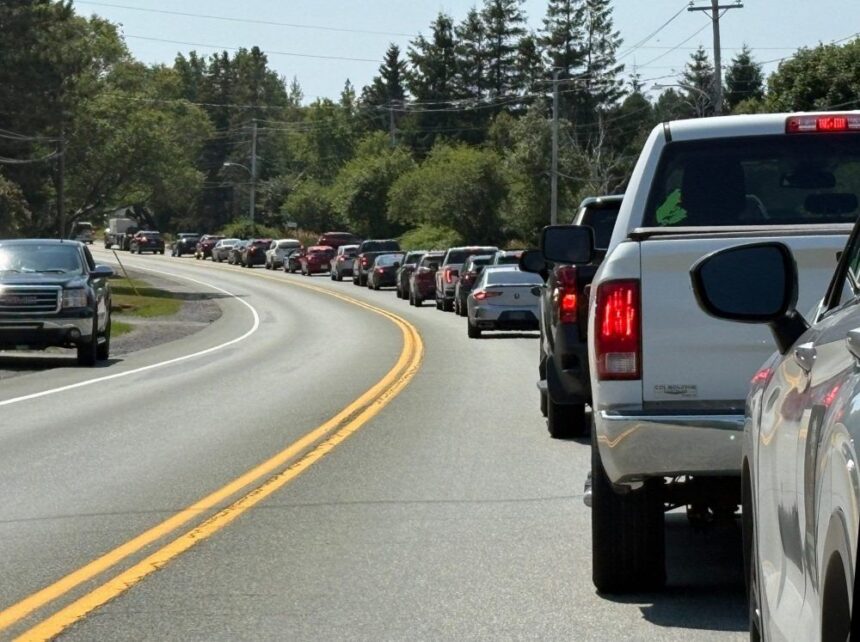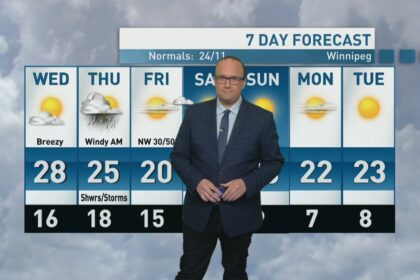Trunk 4, above, which connects Cape Breton to the rest of Nova Scotia, is a corridor where drivers, pedestrians and residents live with constant risk, says a Sydney resident. Photo by IAN NATHANSON/CAPE BRETON POSTArticle contentAs a resident living directly on Kings Road in Sydney, I see the dangers of Trunk 4 every single day. What looks like a normal stretch of highway connecting Cape Breton to the rest of Nova Scotia is, in reality, a corridor where drivers, pedestrians and residents live with constant risk.THIS CONTENT IS RESERVED FOR SUBSCRIBERS ONLY.Subscribe now to access this story and more:Unlimited access to the website and appExclusive access to premium content, newsletters and podcastsFull access to the e-Edition app, an electronic replica of the print edition that you can share, download and comment onEnjoy insights and behind-the-scenes analysis from our award-winning journalistsSupport local journalists and the next generation of journalistsSUBSCRIBE TO UNLOCK MORE ARTICLES.Subscribe or sign in to your account to continue your reading experience.Unlimited access to the website and appExclusive access to premium content, newsletters and podcastsFull access to the e-Edition app, an electronic replica of the print edition that you can share, download and comment onEnjoy insights and behind-the-scenes analysis from our award-winning journalistsSupport local journalists and the next generation of journalistsRegister to unlock more articles.Create an account or sign in to continue your reading experience.Access additional stories every monthShare your thoughts and join the conversation in our commenting communityGet email updates from your favourite authorsSign In or Create an AccountorArticle contentArticle contentArticle contentThe evidence is clear.Article contentArticle contentOn April 2, 2025, the Nova Scotia Department of Public Works completed the Trunk 4 Traffic Study (Ref. 02408189.000). The report documented 51 collisions in the last five years, including 19 crashes that caused injuries and one fatal collision involving a pedestrian. Rear-end crashes alone accounted for 21 of these incidents, a pattern that reflects unsafe access to subdivisions and the absence of proper turning lanes.Article contentArticle contentArticle contentThose numbers are not just statistics. They represent neighbours, families and commuters who have been injured or killed on this roadway. National and peer-reviewed research, including Accident Analysis & Prevention and Transport Canada’s Road Safety in Canada 2021, confirms that corridors where injury crashes exceed 25 percent of the total are considered high-risk and urgently in need of intervention. On Trunk 4, the injury share is 37 per cent – well above the accepted threshold.Article contentArticle contentThe safety concerns are compounded by speeding. The traffic study recorded 85th percentile speeds of 76 to 80 kilometres per hour in areas posted at 70, and 58 to 60 kilometres per hour in residential zones with a 50 km/h limit. During site visits, the company hired by the Nova Scotia government to undertake the study identified further concerns: high-speed traffic makes subdivision access unsafe; sidewalks exist only on one side of the corridor; and there are no dedicated bicycle facilities despite the road’s possible designation as part of Nova Scotia’s Blue Route active transportation network.Article contentArticle contentArticle contentOn top of that, slope erosion, drainage deficiencies and leaning Nova Scotia Power poles create additional hazards for both road users and nearby homes.Article contentArticle contentThe study was completed and submitted at the beginning of the year. Its findings are not in dispute. The next step is for this Trunk 4 project to be tabled this fall and added to the provincial Five-Year Highway Improvement Plan.Article contentArticle contentEvery year of delay means more crashes, more injuries, and the continued risk of another fatality. This is not an abstract planning exercise. It is a matter of public safety for families and communities in Cape Breton and for everyone who travels this key provincial highway.Article contentArticle contentI am calling on the Department of Public Works, our elected representatives, and the provincial government to act now. The data is complete, the risks are documented, and the community is watching. Trunk 4 cannot afford to be overlooked or deferred again.Article contentArticle contentIt must be prioritized this fall.Article contentArticle contentThomas AshfordArticle contentSydneyArticle content
LETTER: Cape Breton highway safety cannot wait another year












